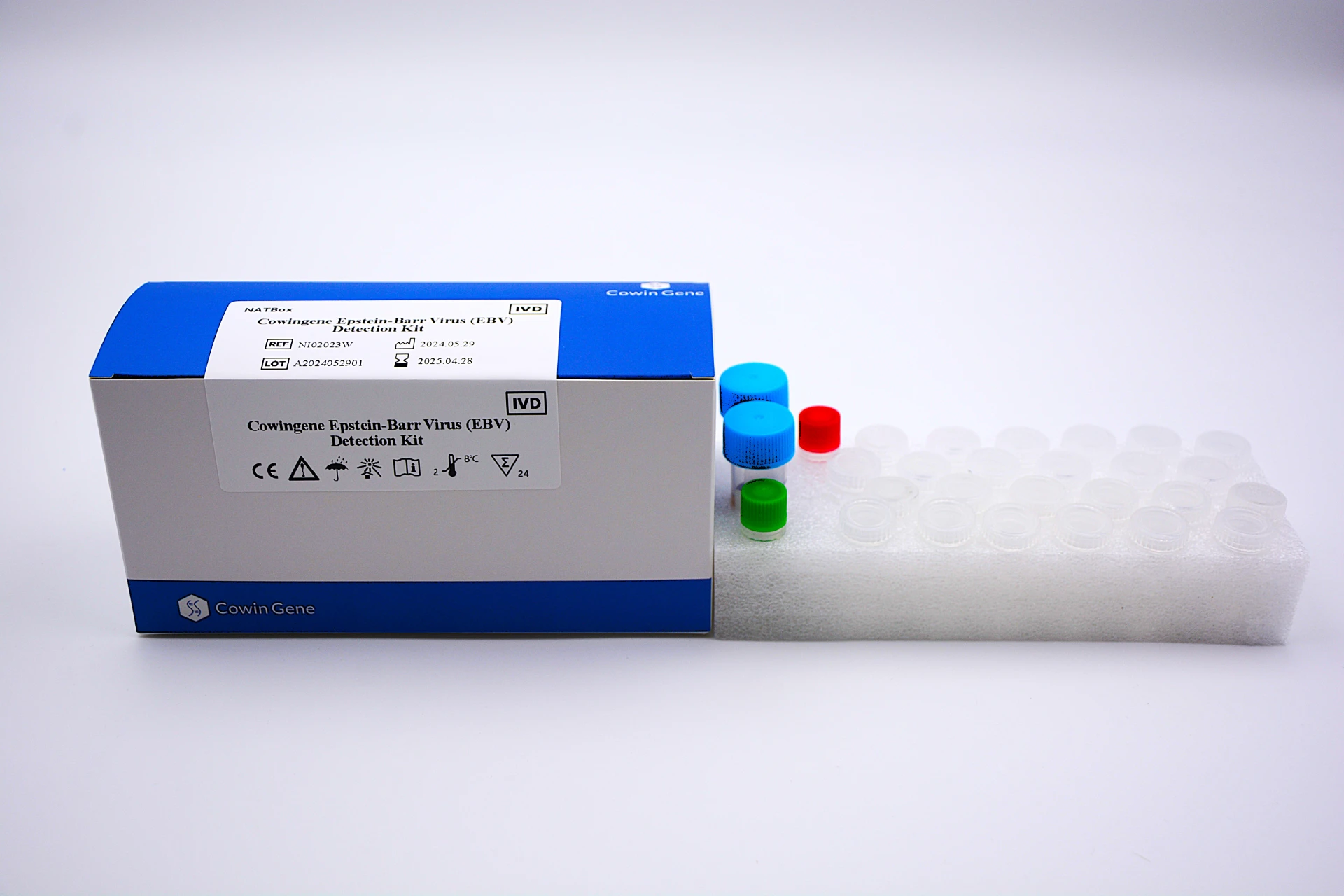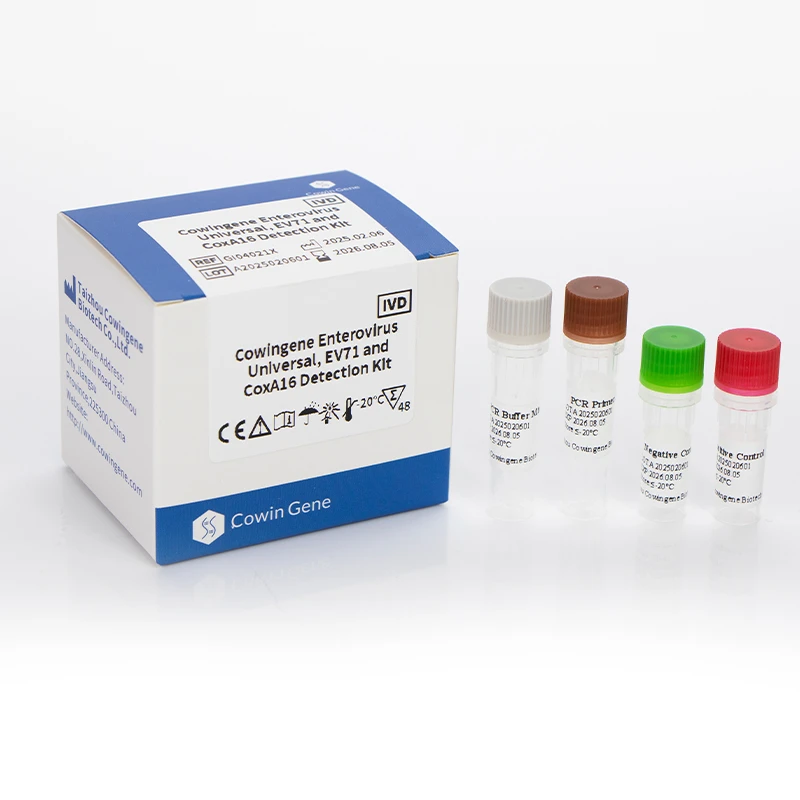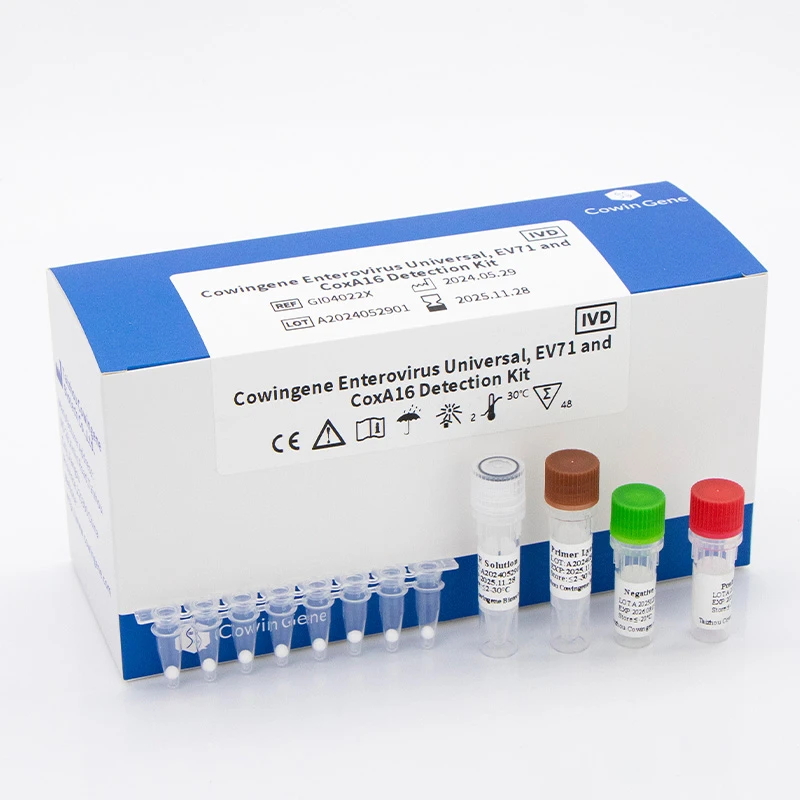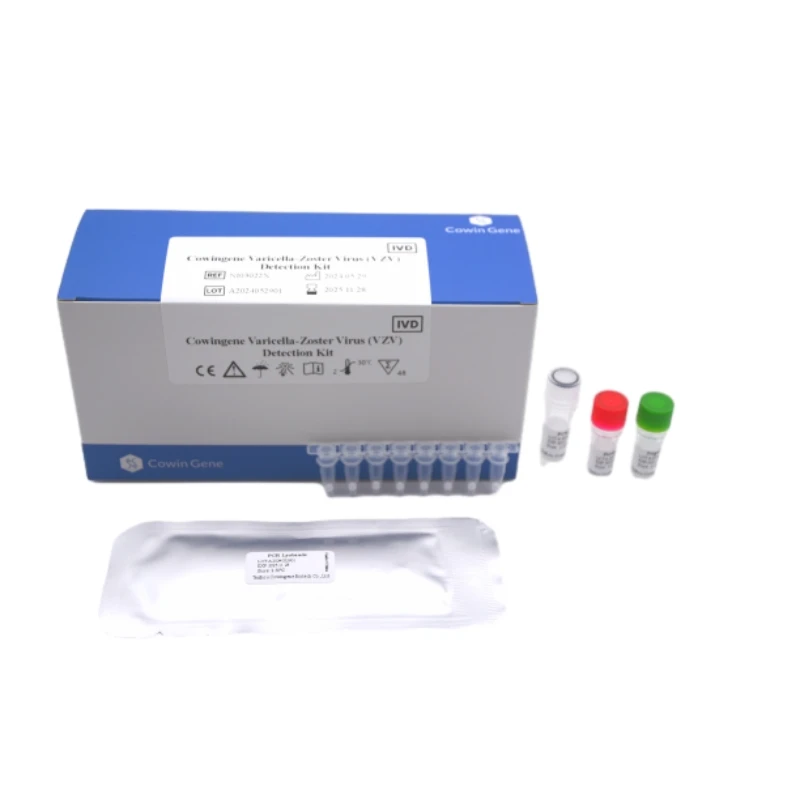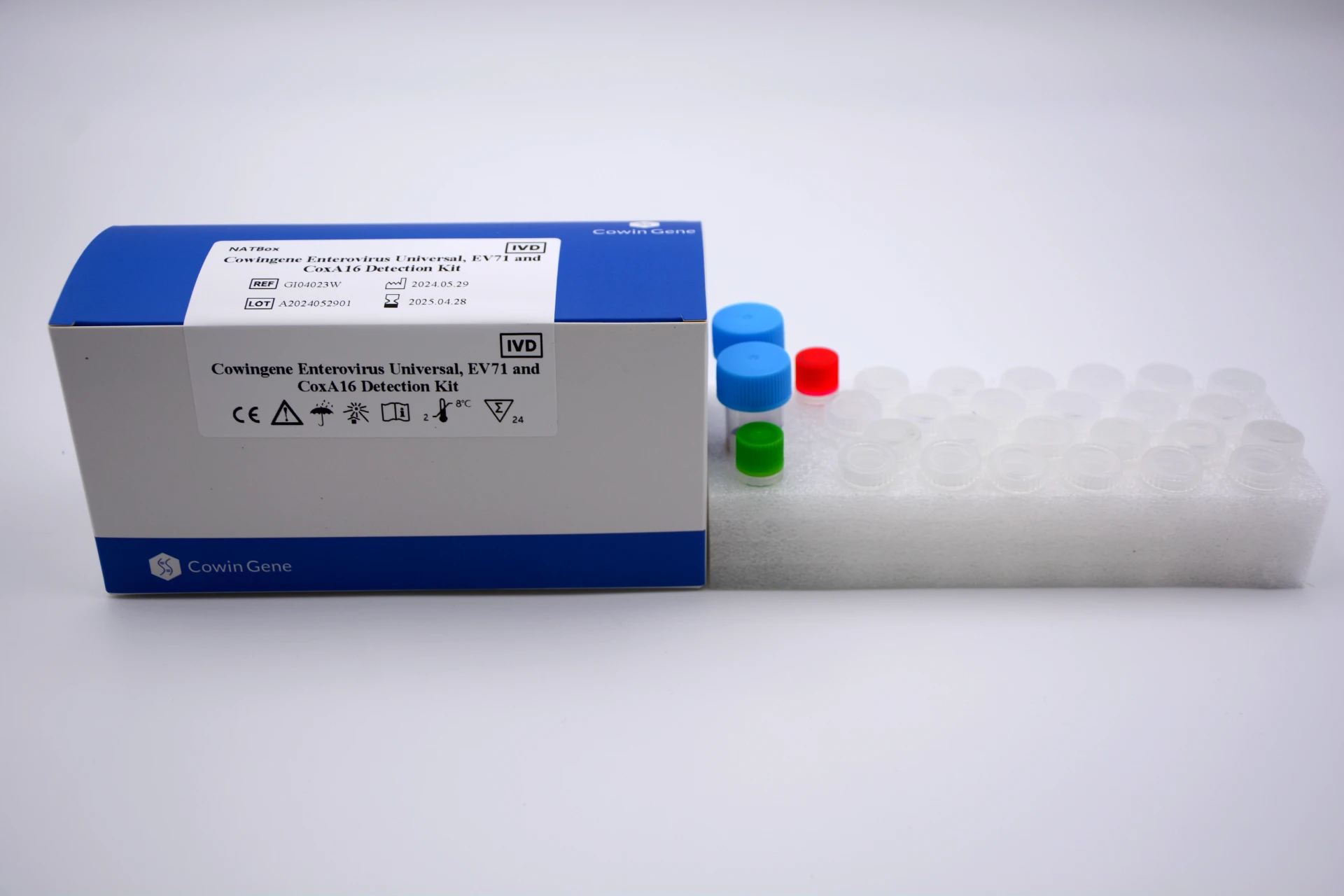Jul . 08, 2025 10:40 Back to list
Hepatitis B DNA Quantitative Test - Accurate HBV Detection & Fast Results
- Overview of Hepatitis B DNA Quantitative Test and Market Landscape
- Technical Advantages and Scientific Data Impact
- Comparative Analysis of Leading Manufacturers
- Customized Solutions and Integration
- Typical Application Cases in Clinical Practice
- Understanding Test Results and Normal Ranges
- Final Thoughts on the Role of Hepatitis B DNA Quantitative Test
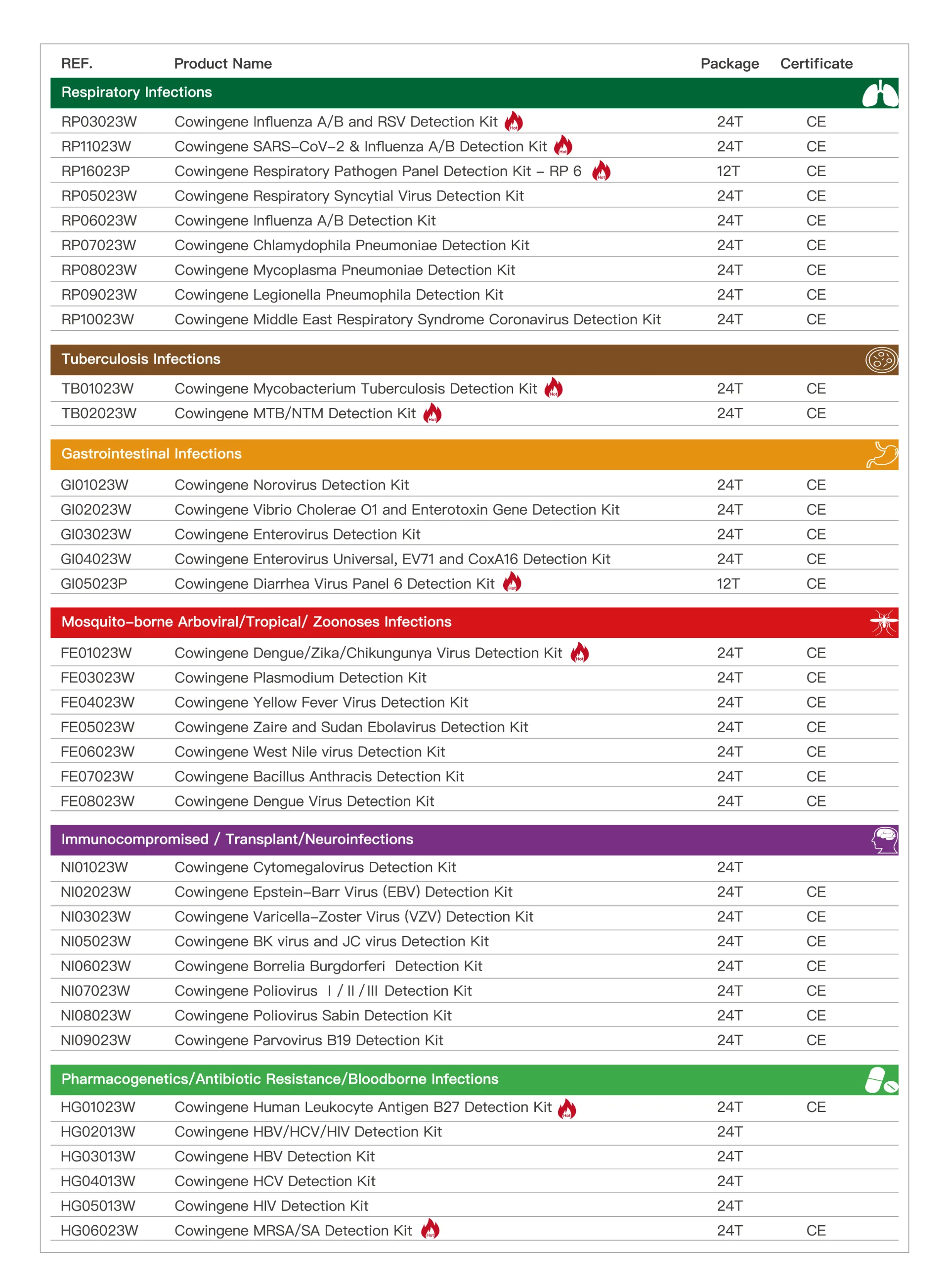
(hepatitis b dna quantitative test)
Overview of Hepatitis B DNA Quantitative Test and Market Landscape
The hepatitis b dna quantitative test
is an essential molecular diagnostic tool designed to quantify hepatitis B virus (HBV) DNA in patients' blood. Its clinical utility stretches across identifying active infection, monitoring antiviral therapy, and predicting disease progression. The global market for hepatitis B viral HBV DNA quantitative testing has shown impressive growth, driven by an increasing prevalence of hepatitis B infection. A 2023 market research report indicated over 325 million people globally live with chronic hepatitis B, fueling the demand for robust and reliable DNA quantitation assays. Manufacturers are responding with increasingly sensitive, automated, and high-throughput technologies. This blog explores the technical landscape, comparative advantages, customization potentials, and application cases of the hepatitis b dna quantitative test, aiming to inform laboratory decision-makers and clinical practitioners about the latest scientific advances and practical considerations.
Technical Advantages and Scientific Data Impact
The development of hepatitis B DNA testing technology has shifted towards high sensitivity (Lower Limit of Detection, LLD: 10 – 20 IU/mL), automation, and integration with Laboratory Information Management Systems (LIMS). Real-time PCR (polymerase chain reaction) remains the gold standard method, offering specificity for all known HBV genotypes and subtypes. Advanced platforms now support fully automated nucleic acid extraction, amplification, and real-time reporting, drastically reducing the risk of contamination, manual error, and turnaround time—most flagship devices report results within 90 minutes. Furthermore, many of today's analyzers are validated against international standards (such as WHO International Standard for HBV DNA, NIBSC code: 97/746), supporting global harmonization of quantitative results.
The clinical impact of sensitive viral load quantification is profound. A study in The Lancet Gastroenterology & Hepatology documented that even minimal changes in HBV viral load could predict the likelihood of cirrhosis or hepatocellular carcinoma development, compelling the necessity for precise, repeatable, and reliable testing. Data compiled from multicenter clinical trials indicate that laboratories utilizing advanced quantitative assays can reduce false-negative rates by up to 30% compared to legacy methods.
Comparative Analysis of Leading Manufacturers
The hepatitis b viral HBV DNA quantitative test market includes major diagnostic manufacturers, each offering unique technical strengths and workflow integrations. The following table compares four leading systems available in 2024 using key performance metrics:
| Manufacturer | System Name | Detection Range (IU/mL) | Lower Limit of Detection | Throughput (samples/day) | Turnaround Time (minutes) | Automation Level | LIMS Integration |
|---|---|---|---|---|---|---|---|
| Roche Diagnostics | COBAS ® HBV | 10 – 1.0 x 108 | 10 | 384 | 90 | High (Fully Automated) | Yes |
| Abbott Molecular | REALTIME HBV | 10 – 1.0 x 109 | 10 | 576 | 75 | High | Yes |
| Siemens Healthineers | VERSANT HBV DNA 1.0 | 20 – 1.7 x 108 | 20 | 288 | 105 | Medium/High | Yes |
| Qiagen | Artus HBV QS-RGQ | 34.5 – 5.0 x 108 | 34.5 | 96 | 120 | Medium | Partial |
This comparative overview highlights that providers such as Roche and Abbott lead in sensitivity, automation, and throughput. Integration with LIMS and international standardization remain crucial differentiators for high-volume reference laboratories and hospital networks.
Customized Solutions and Integration
Many modern healthcare settings require hepatitis B DNA quantitative test solutions that fit seamlessly within existing laboratory infrastructure. Customization options extend from modular instrument layouts—optimal for space-limited labs—to tailored software packages for multi-site result reporting. Leading manufacturers now offer open-interface platforms, enabling cross-integration with diverse laboratory equipment, middleware, and analytical dashboards. These integrations are critical for organizations pursuing automation in pre-analytical processing (for example, barcode tracking), post-analytical validation, and epidemiological reporting.
Custom reagent packs (small, medium, or high throughput), on-demand training modules, and remote system diagnostics are becoming standard requests, particularly from laboratories managing large-scale HBV monitoring programs or longitudinal research cohorts. Notably, tiered service level agreements (SLAs) and real-time support portals empower clinical staff to maintain uptime and troubleshoot efficiently, ensuring that DNA quantification services can scale alongside population health initiatives.
Typical Application Cases in Clinical Practice
The practical deployment of the hepatitis B viral HBV DNA quantitative test has transformed patient management across various clinical settings:
- Antiviral Therapy Management: Physicians utilize sequential HBV DNA quantification to evaluate patient response to nucleos(t)ide analog therapy. Rising viral loads can trigger regimen changes or suggest the emergence of drug-resistant mutations.
- Pre-transplant Assessment: Transplant centers rely on sensitive detection limits to stratify infection risk and guide post-operative prophylaxis, particularly for liver transplant recipients.
- Mother-to-Child Transmission (MTCT) Prevention: Obstetricians screen pregnant women for high HBV DNA levels to determine eligibility for tenofovir therapy and immunoprophylaxis strategies during childbirth.
- Epidemiological Surveillance: Public health agencies aggregate quantitative data for targeted vaccination campaigns and outbreak investigations, leveraging the scalability of automated platform integrations.
These use cases underscore the clinical flexibility and reliability that robust quantitative testing brings to both individualized patient care and population health management.
Understanding Test Results and Normal Ranges
Interpreting hepatitis b dna quantitative test results is critical for clinical decision-making and requires contextual understanding of the technology's dynamic range and the patient’s clinical background. The quantification usually reports HBV DNA in International Units per milliliter (IU/mL), aligned with World Health Organization standards.
- Normal range: Undetectable or <10–20 IU/mL. This is typically defined as the lower limit of detection for most advanced PCR-based assays.
- Low viral load: <2,000 IU/mL. Patients in this category are considered at lower risk of disease progression, but clinical vigilance remains necessary.
- High viral load: >20,000 IU/mL. Associated with increased risk for cirrhosis or hepatocellular carcinoma; timely interventions are pivotal.
Test interpretation should always integrate the quantitative result with serological markers (HBsAg, HBeAg) and liver health indicators (ALT, AST, imaging) for holistic patient risk assessment. Most professional guidelines, such as those from EASL and AASLD, recommend serial monitoring to detect clinically meaningful shifts in viral load, guiding therapy choices and surveillance intervals.
Final Thoughts on the Role of Hepatitis B DNA Quantitative Test
The hepatitis b dna quantitative test remains a pillar of modern HBV management strategies, blending data precision, workflow efficiency, and clinical relevance. As the disease landscape evolves, laboratories and clinicians require testing platforms with validated accuracy, user-friendly interface, and scalable throughput. Evaluating performance data, technical features, and service customization is essential for procurement and successful implementation. A focus on timely, reproducible, and harmonized DNA quantification empowers clinicians to drive better long-term outcomes for millions affected by hepatitis B worldwide, while keeping pace with global surveillance and research imperatives.
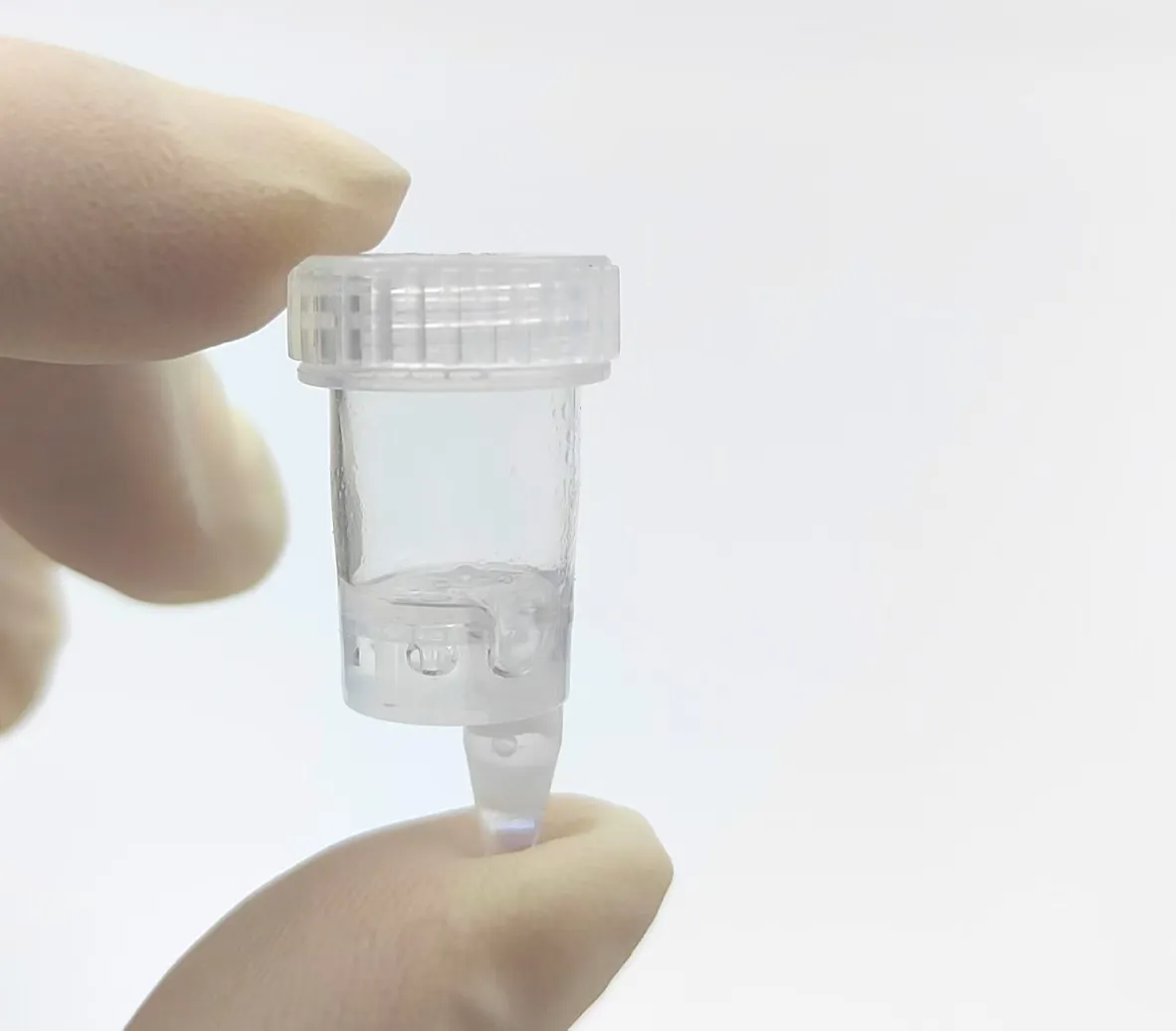
(hepatitis b dna quantitative test)
FAQS on hepatitis b dna quantitative test
Q: What is a hepatitis B DNA quantitative test?
A: The hepatitis B DNA quantitative test measures the amount of hepatitis B virus (HBV) DNA in your blood. It indicates how actively the virus is replicating. This test helps monitor infection severity and response to treatment.
Q: How are hepatitis B DNA quantitative test results interpreted?
A: Results are given as international units per milliliter (IU/mL). High values indicate active HBV replication, while lower or undetectable levels suggest controlled infection. Your doctor will interpret the results based on your medical history and other tests.
Q: What is the normal range for hepatitis B viral HBV DNA quantitative tests?
A: Typically, undetectable or very low levels (below 20 IU/mL) are considered normal or inactive. A result above this range suggests active infection. Reference ranges can vary, so always consult your lab’s guidelines and your physician.
Q: Why is a hepatitis B DNA quantitative test important for chronic HBV patients?
A: It helps track viral load and monitor disease progression. The test also assesses how well antiviral treatments are working. Regular testing guides medical decisions regarding therapy adjustments.
Q: How should I prepare for a hepatitis B DNA quantitative test?
A: No special preparation is usually needed for this blood test. Follow your doctor’s specific instructions, if any. Inform your healthcare provider about any medications you’re taking before the test.
Related PRODUCTS
-
Understanding Monkeypox Testing PCR – Global Health & Diagnostic Insights
NewsNov.24,2025 -
Comprehensive Guide to Monkey Pox Detection: Methods, Applications & Innovations
NewsNov.23,2025 -
Essential Guide to Monkeypox Detection: Technologies, Applications & Future Trends
NewsNov.23,2025 -
Understanding Strep B Test Cost: Global Insights and Healthcare Impact
NewsNov.22,2025 -
Group B Strep DNA Test – Fast, Accurate Screening to Prevent Neonatal Infection
NewsNov.21,2025 -
Essential Guide to Group B Strep Test Kits: Benefits, Uses & Innovations
NewsNov.20,2025



